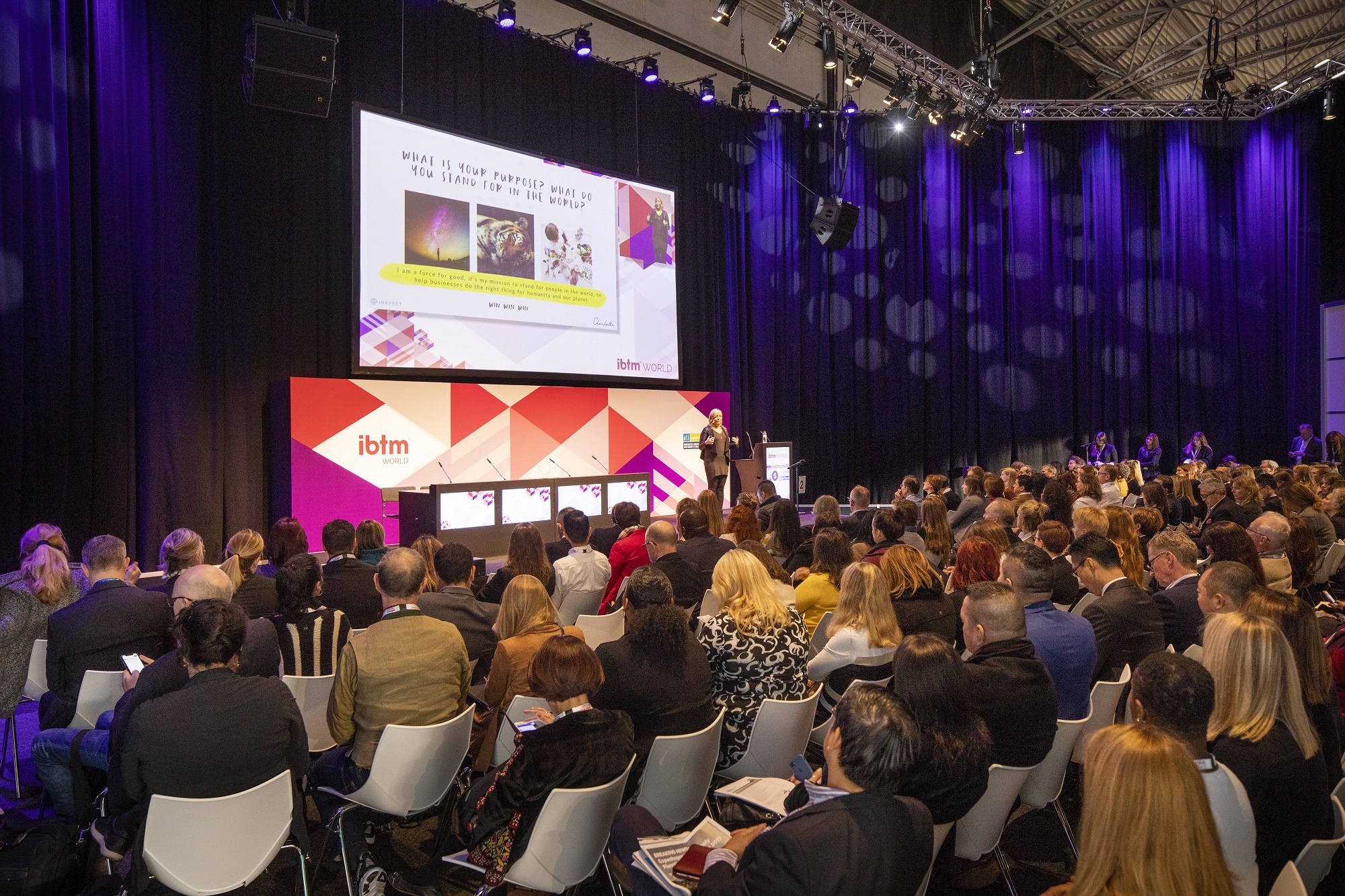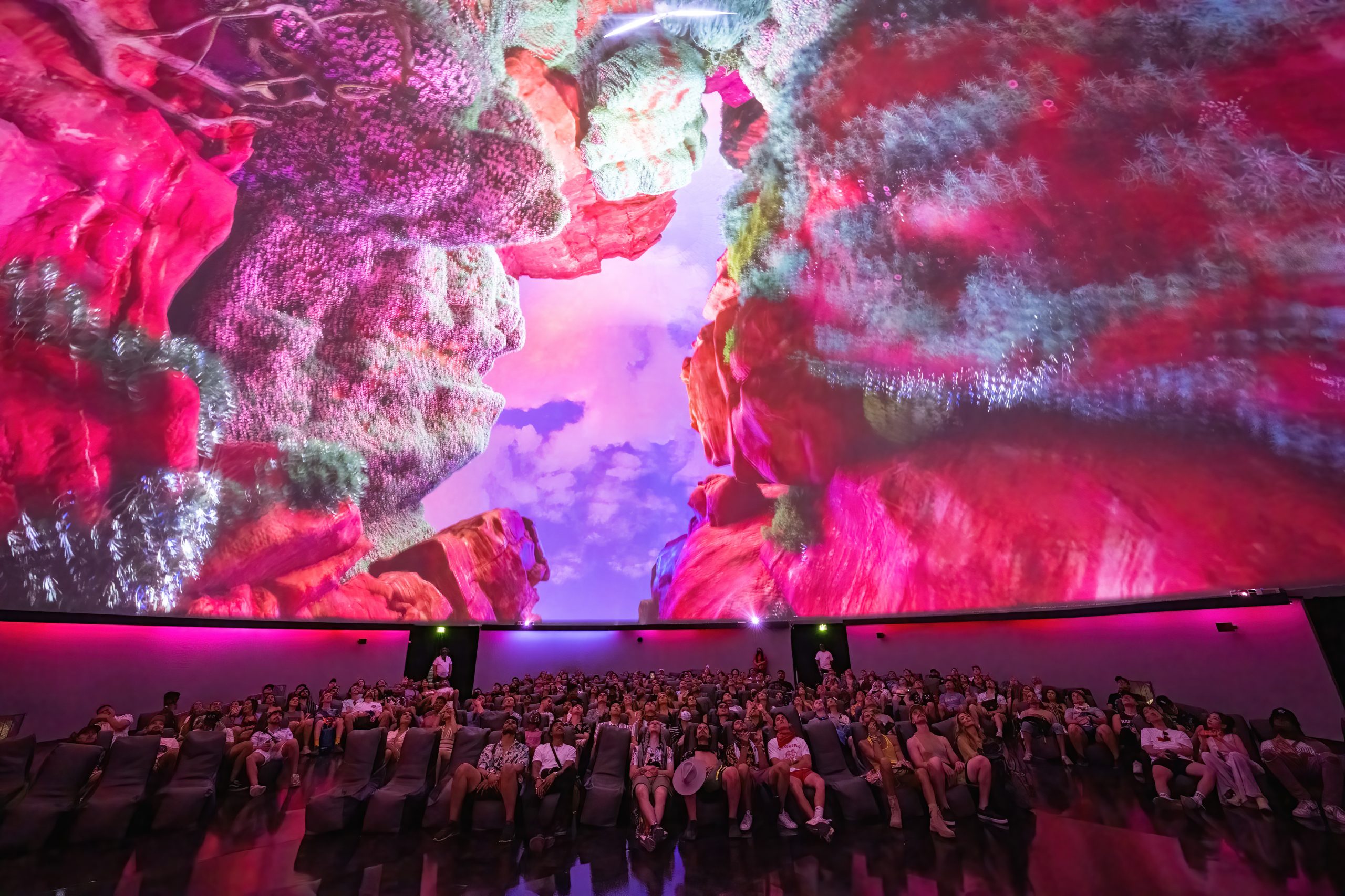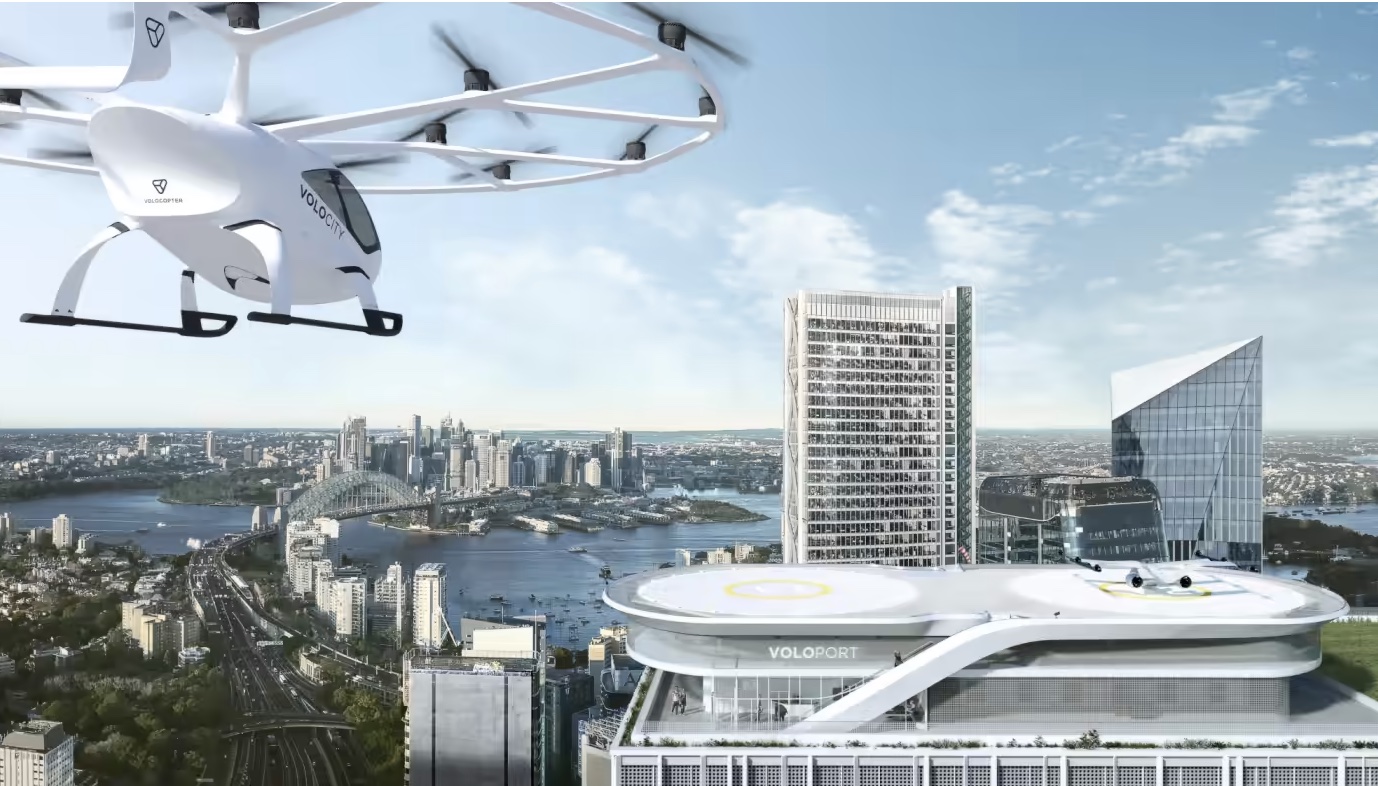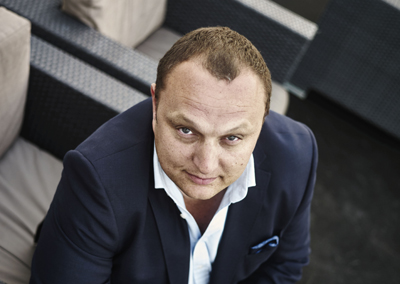
The process
In 2001 I worked on was a carnival in Beijing, selling sponsorship for McDonald’s and Coca-Cola with my company Branded.
It was something that had never really happened in Asia historically – a European carnival. And the response was overwhelming. The brand integration was really interesting, as was seeing the response of the Chinese audience to new brands.
So in 2006/7, we brought the AIA brand to a carnival in Hong Kong in Tamar Park, and put the company’s logo on the middle of the big wheel. We didn’t realise what a phenomenon this brand integration would be. Kids were drawing the wheel with the AIA logo in all their Kindergarten paintings. It was something that caught every body off guard, but it was a great success.
That carnival went back to Europe and didn’t come back, during which time I set up my company MDME to help bridge the gap between entertainment, media properties and brands. I learnt that Central Harbourfront Event Space in Hong Kong was becoming available, and was fortunate enough to have worked with the company that ended up winning land – Central Venue Management.
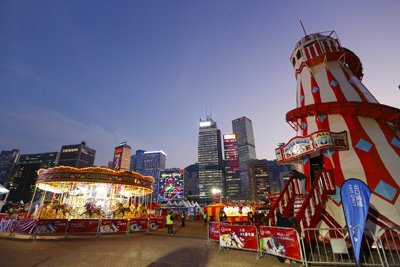
That’s when I got thinking. It struck me, having been here for 20 odd years, how long the Asian community has been embracing the brand and European entertainment.
I knew that the people of Hong Kong loved playing carnival games, far more so than Europeans. There’s something with regards to the cuddly toys that makes them tick. Cuddly toys, along with the opportunity to show off their games and skill.
So I approached AIA, which had won a three-year contract for the land, and pitched the idea of a carnival. They were in.
I had land and a sponsor, but I had to find the carnival. So I went to Europe and started shaking hands with lots of interesting characters from the traditional carnival background. And that’s when I came across the Great European Carnival.
We launched the first AIA Great European Carnival in 2014.
The experience
Bringing the games was easy, but bringing the rides was tricky. Safety is our number one priority, and rides have to be licensed. We had to learn how to work with the government to ensure that we all knew what we were doing for year one.
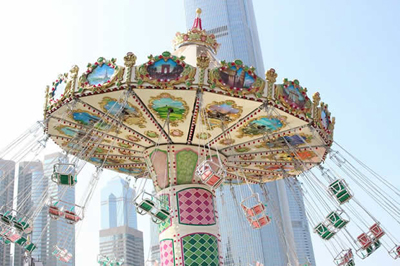
What I’ve learnt through our experiences is that we’ve built a solid team of people, which is very hard to build. We’ve got theme park experts, traditional show people that come from hundreds of years and generations of the business. We’ve got brand experts, we’ve got production experts, we have F&B experts… We’re a very large family of producers that all have their own vertical to manage. This year, we had 1,500 people working for us over the two months.
We work with brands that can do two things: to integrate and add to the experience for the consumer. This year, for instance, VW staged “GTI karaoke” for a chance to win a car. Things like that just add to the experience.
We want people to enjoy things that are part of the traditional carnival formula, but that aren’t constantly asking them to take money out of their pocket. This year, British Airways had installations to give away flights.
This carnival is a commercial entity: it costs a lot of money to produce and it takes a lot of good weather and good people to make it work commercially.
But it has become very much part of the Hong Kong community, which is very humbling.
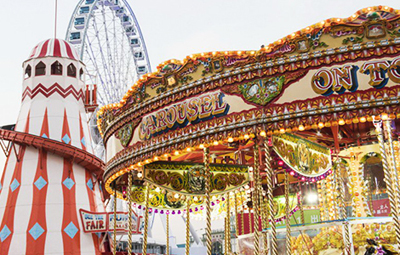
The future
Moving forward, we’re going to extend another three years in Hong Kong. We will mix up the content year on year. We will mix up the partners year on year to ensure we’re keeping it fresh for everyone in Hong Kong.
We’ve been approached in the last two years by about 57 cities around the region, the majority in China. We’ve also done some work in Singapore and we’re planning to unveil something there.
We’re taking this carnival on a tour and we’re looking to take one tour around South East Asia and one into China. So expansion plans are ambitious, being borne out of necessity because of demand.
Michael Denmark is founder and CEO of MDME, which runs the AIA Great European Carnival. He was speaking to Georgia Feldmanis at the 2016/17 event. See our Feburary – March 2017 issue for the full interview.
